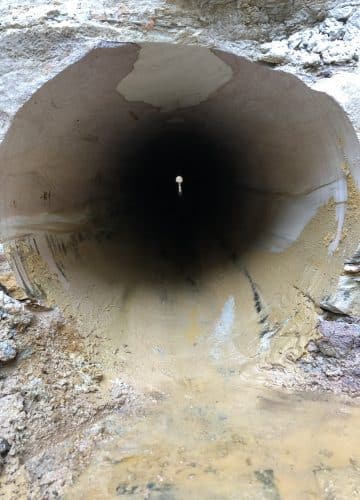Guide to Manhole Construction
When most people picture a manhole, they might first imagine a metal lid covering a sewer entrance. This definitely covers the basic concept of manholes, but it misses the mark on all that they are and everything they are used for. Manholes are integral to modern plumbing work and design. Without them, many plumbing processes would be much more difficult and costly.
Manholes are made to help technicians access underground drain and sewer systems. By utilising manholes, professionals can quickly diagnose flow problems and fix them before they cause greater damage. Thanks to manholes being accessible without much specialised equipment, they can drastically reduce the amount of time, energy and resources needed to fix common plumbing problems.
Read on to learn what types of manholes exist and how they are made.
Types of Manholes
Manholes are made with a number of key components, including access shafts, steps or footrests and sturdy covers. However, variations exist in the types of materials used and the general depth of the manhole itself. Materials range from brick masonry to plastic and even fiberglass, depending on location and application. As for depth distinctions, the three typical types are as follows:
- Shallow Manholes – For depths anywhere between 750mm to 1200mm, a shallow manhole is required. These are often used in low traffic spaces.
- Normal Manholes – These types of manholes are typically 1500mm deep and make use of heavier lids than shallow manholes.
- Deep Manholes – Deep manholes extend beyond 1500mm in depth and require the heaviest of lids. These types of manholes always have footrests to help technicians get in and out of them safely.
Manhole Construction Steps
Designing and constructing a manhole involves more steps than most are aware of. Here, we list a minimum of seven:
Initial Excavation
This stage of the process is easily deduced. A space for the actual manhole must be dug out and made ready for additional preparations.
Bed Concrete
This step involves pouring a thick layer of concrete upon which the rest of the manhole structure can be constructed.
Masonry
Here, bricks are laid out in a suitable formation to strengthen the walls of the manhole against the earth that will surround it.
Plaster and Pointing
At this stage, cement mortar paste is used to achieve a smooth and waterproof finish within the masonry interior of the manhole.
Channeling and Benching
This step involves crafting special channels at the bottom of the manhole to conduct water in a specific direction.
Manhole Covers and Frames
The entire manhole construction process is usually completed with the addition of the final frame and cover or lid at the top. These are normally designed to be watertight, so as not to negatively affect the channels within in the event of heavy rain, etc.

















